Are You Allergic to Your Makeup?
Because rashes are not cute.

Not to sound like a broken record, but there are million different reasons why you could be breaking out. But the scariest? The makeup and skincare products you're practically living in. The unnerving truth is that cosmetic skin allergies are on the rise and could be screwing you over in the skin department, causing unwanted redness, swelling, puffiness, rashes, and itchiness. But don't lose your cool just yet. We're breaking down exactly how to avoid all kinds of flare-ups.
What You Need to Know
More than likely, the biggest cosmetic allergy culprits are sitting inside your makeup bag or perched on you bathroom sink. "Many cosmetics used by women, whether used as facial makeup or creams, or as total body products, may also contain a variety of likely skin allergens," explains Dr. Clifford Bassett, M.D. at Allergy and Asthma Care of New York. "The most common ingredients that trigger them are preservatives, fragrances, and PPD, which is present in most hair dyes."
Yes, it's not just what you're putting on your skin, but your hair as well. PPD (Phenylenediamine) is present in a majority of permanent and semi-permanent dyes, and if you're allergic, you should be looking to non-toxic, organic hair colorants. As far as topical products go, allergies can be caused by cleansers, moisturizers, and toners, as well as eye makeup, lipstick, blushes, and foundation. This is why you need to be super-conscious of ingredients.
As the warm months draw nearer, you should also know that the sun can trigger skin allergies. (Lovely.) "Most people don't know that exposure to the sun coupled with the offending ingredients can create a double whammy reaction," says Clifford.
How to Tell If You're Having an Allergic Reaction
This is always easiest to identify when you're trying new products (something we're doing all day, every day). The most common symptoms develop over the first day or two after exposure. In more severe cases, you'll find redness, swelling, pimples, itchiness as well as hives.
"Generally speaking, if a new product is actually making your skin look worse, be it dehydrated, blemishes, puffy eyelids, or looking older, you may be having a skin allergy or irritation," warns Clifford.
What to Look Out For in the Makeup Aisle
Full disclosure: You may need a minor in chemistry to de-code ingredient levels. "For example, those allergic to products such as formaldehyde may not see this chemical in their product, but formaldehyde releases agents such as quaternium," explains Clifford. So, if you're consistently getting irritated by the beauty products you use, it's imperative that you visit an allergist as they can provide you with a breakdown of ingredients that you should avoid. That way, when you're replenishing your makeup or skincare stash, you have a shopping list of what to avoid. Here, find some of the some of the worst allergy offenders:
Stay In The Know
Get exclusive access to fashion and beauty trends, hot-off-the-press celebrity news, and more.
Preservatives: Parabens, Quaternium 15, Isothiazolinone, and Imidazolidinyl urea.
Hair Dye: PPD
Fragrance: Always look for fragrance-free. And be wary! Even some "unscented" cosmetics contain a fragrance to "mask" certain chemical scents, says Clifford.
Others: Propolis, thimerosal, lanolin, and wool alcohol.
You should also check out:
How to Anti-Age Your Body (Because It's Just as Important as Your Face)
8 Random Reasons You're Breaking Out
The 20-Something's Guide to Preventing Wrinkles
The 8 Worst Things You Can Do to Your Skin
Lauren Valenti is Vogue’s former senior beauty editor. Her work has also appeared on ELLE.com, MarieClaire.com, and in In Style. She graduated with a liberal arts degree from Eugene Lang College, The New School for Liberal Arts, with a concentration on Culture and Media Studies and a minor in Journalism.
-
 Duchess Sophie Borrows Daughter Lady Louise's Hat as She Cries During Emotional Ceremony
Duchess Sophie Borrows Daughter Lady Louise's Hat as She Cries During Emotional CeremonyThe Duchess of Edinburgh also paid tribute to Prince Philip with her outfit.
By Kristin Contino
-
 Benny Blanco Gave Selena Her Dream Prom, But My Eyes Were on Her Hair
Benny Blanco Gave Selena Her Dream Prom, But My Eyes Were on Her HairBecause even a mall photoshoot can't compete with a perfectly styled lob.
By Ariel Baker
-
 This Away Bag Has Officially Replaced My Roller Carry-On
This Away Bag Has Officially Replaced My Roller Carry-OnI take it on every trip I can.
By Halie LeSavage
-
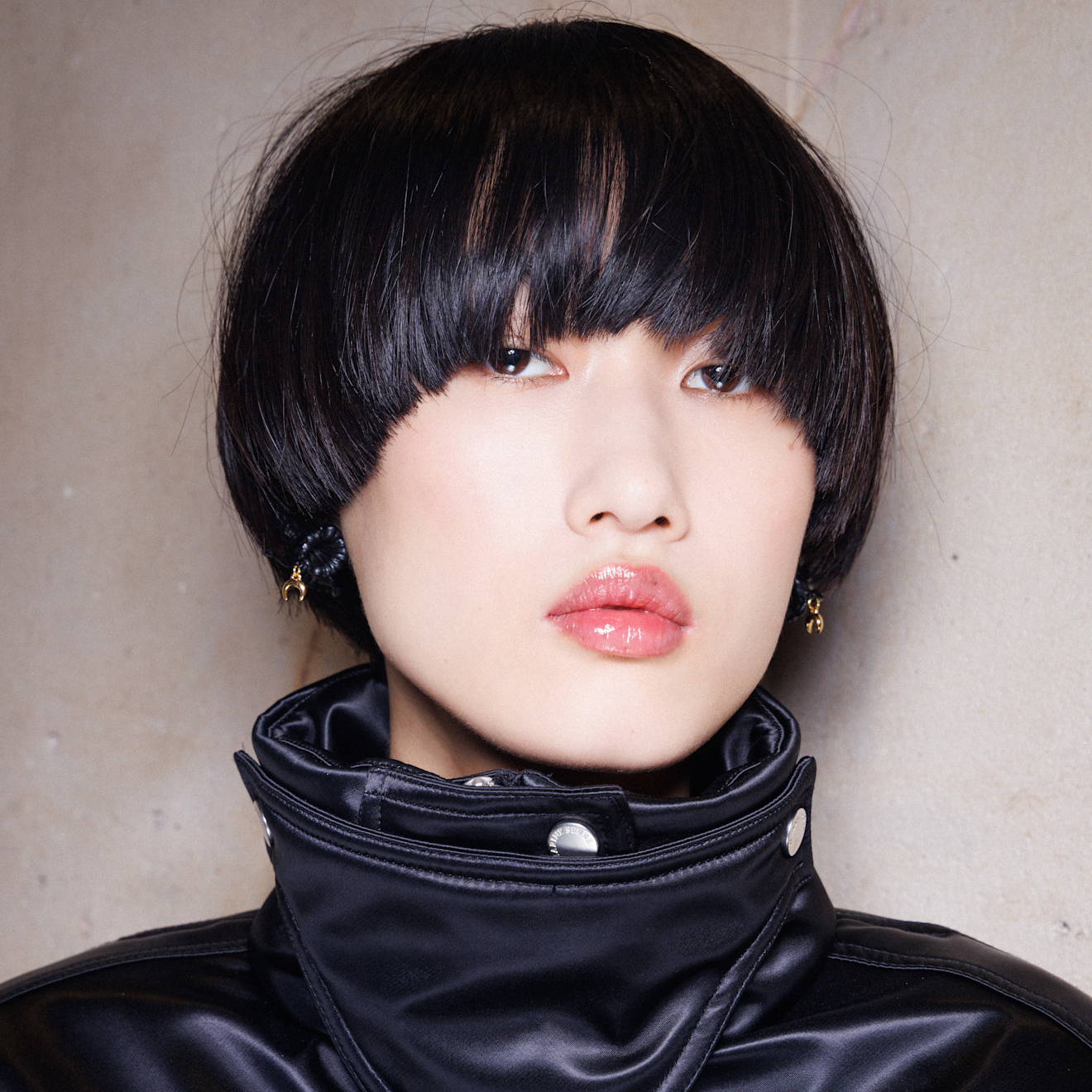 I'm Not Exaggerating—Pressed Powders Are an IRL Filter for My Acne-Prone Skin
I'm Not Exaggerating—Pressed Powders Are an IRL Filter for My Acne-Prone SkinOily girls, this one is for you.
By Ariel Baker
-
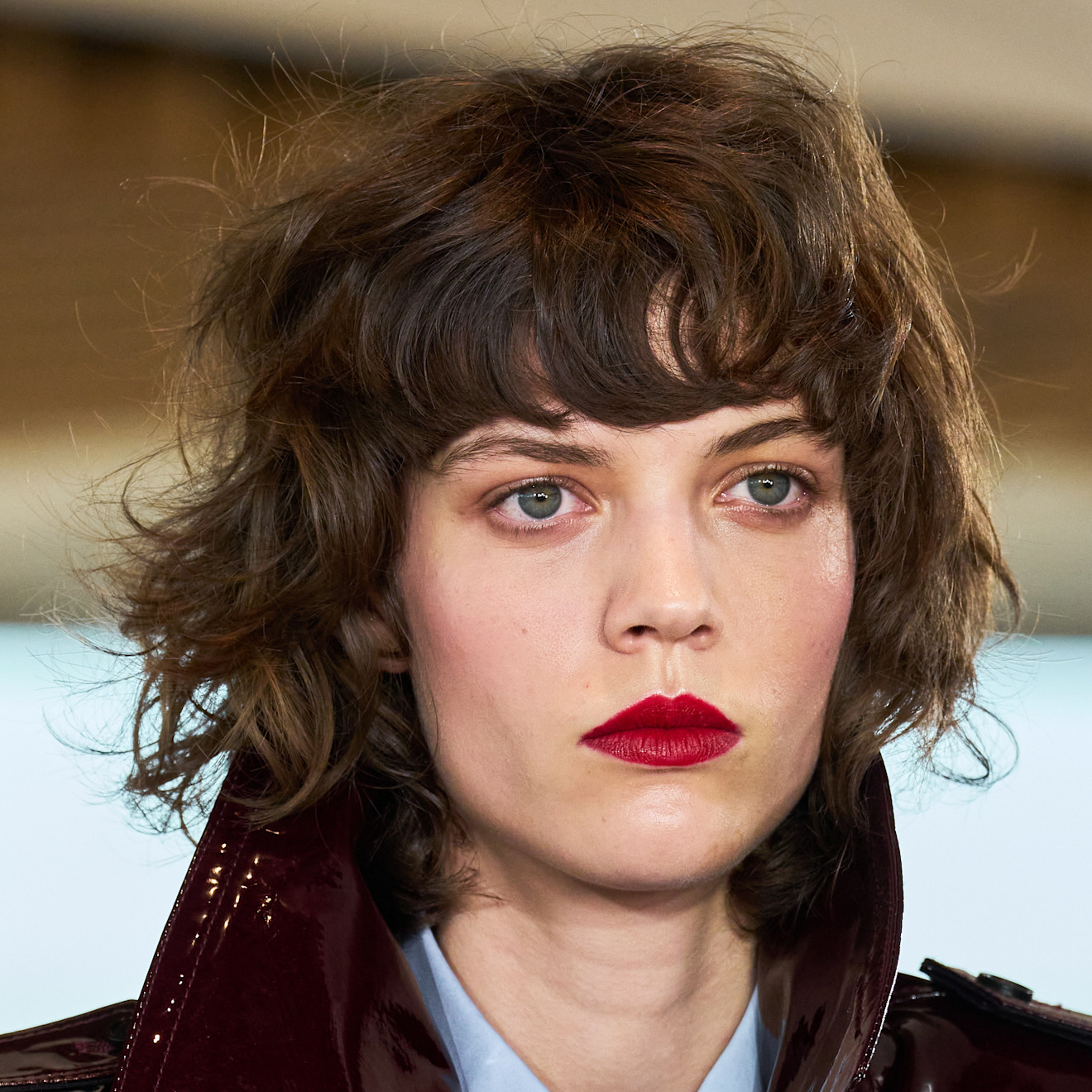 Meet 8 Editor-Vetted Blush Palettes That Basically Flirt for You
Meet 8 Editor-Vetted Blush Palettes That Basically Flirt for YouFor that just-got-caught-staring flush.
By Ariel Baker
-
 Jenna Ortega Does Grungy Glam Right With '90s-Inspired Hair and Makeup
Jenna Ortega Does Grungy Glam Right With '90s-Inspired Hair and MakeupThe actress was spotted in peak ‘90s-inspired glam.
By Ariel Baker
-
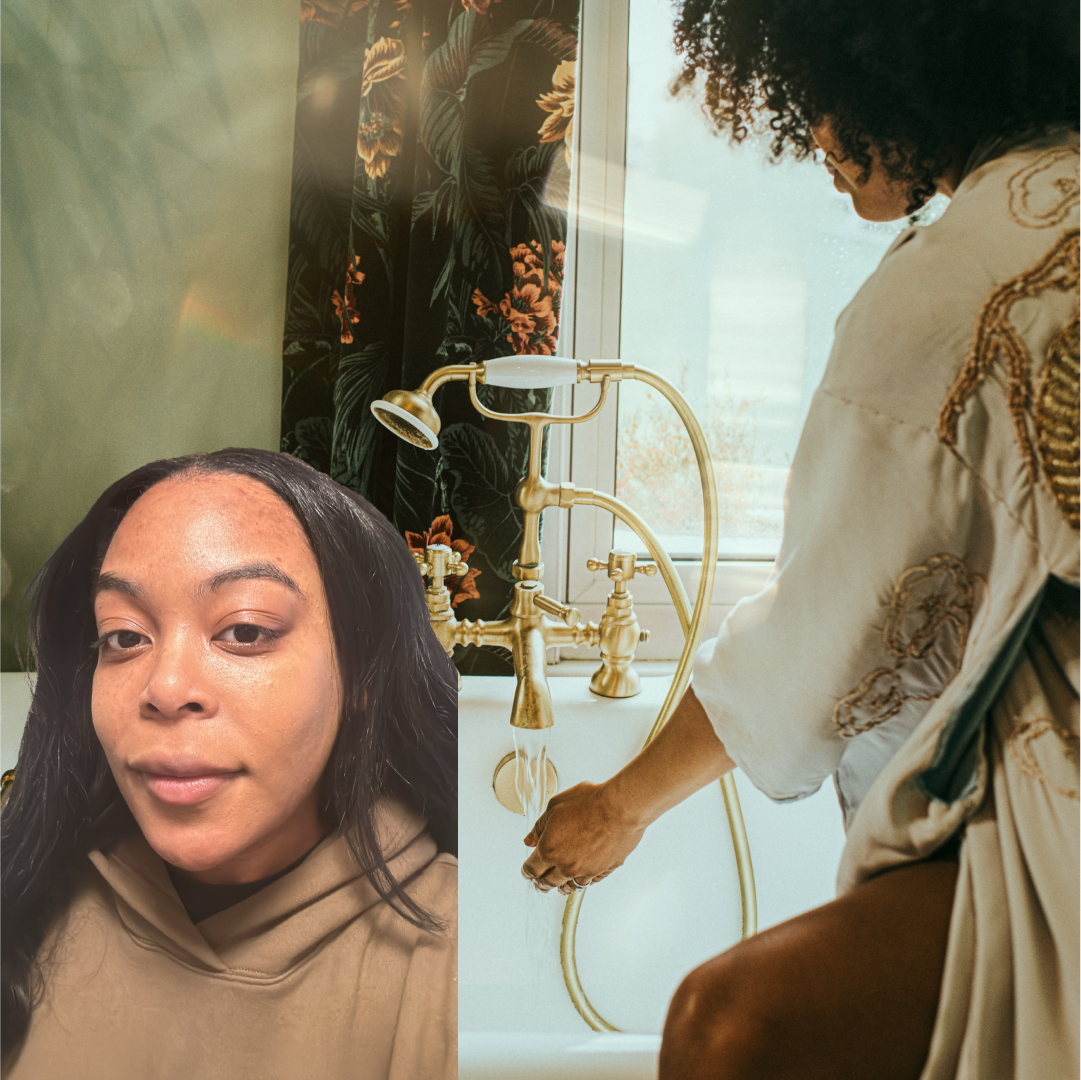 How a Beauty Writer Has Perfected Her Morning Routine For Acne-Prone Skin
How a Beauty Writer Has Perfected Her Morning Routine For Acne-Prone SkinKeep the texture and irritation at bay with these editor-vetted items.
By Ariel Baker
-
 Selena Gomez Hosts a Master Class in Matching Your Red Blush and Red Lipstick to Your Outfit
Selena Gomez Hosts a Master Class in Matching Your Red Blush and Red Lipstick to Your OutfitThe star was spotted looking red hot in the streets of New York City.
By Ariel Baker
-
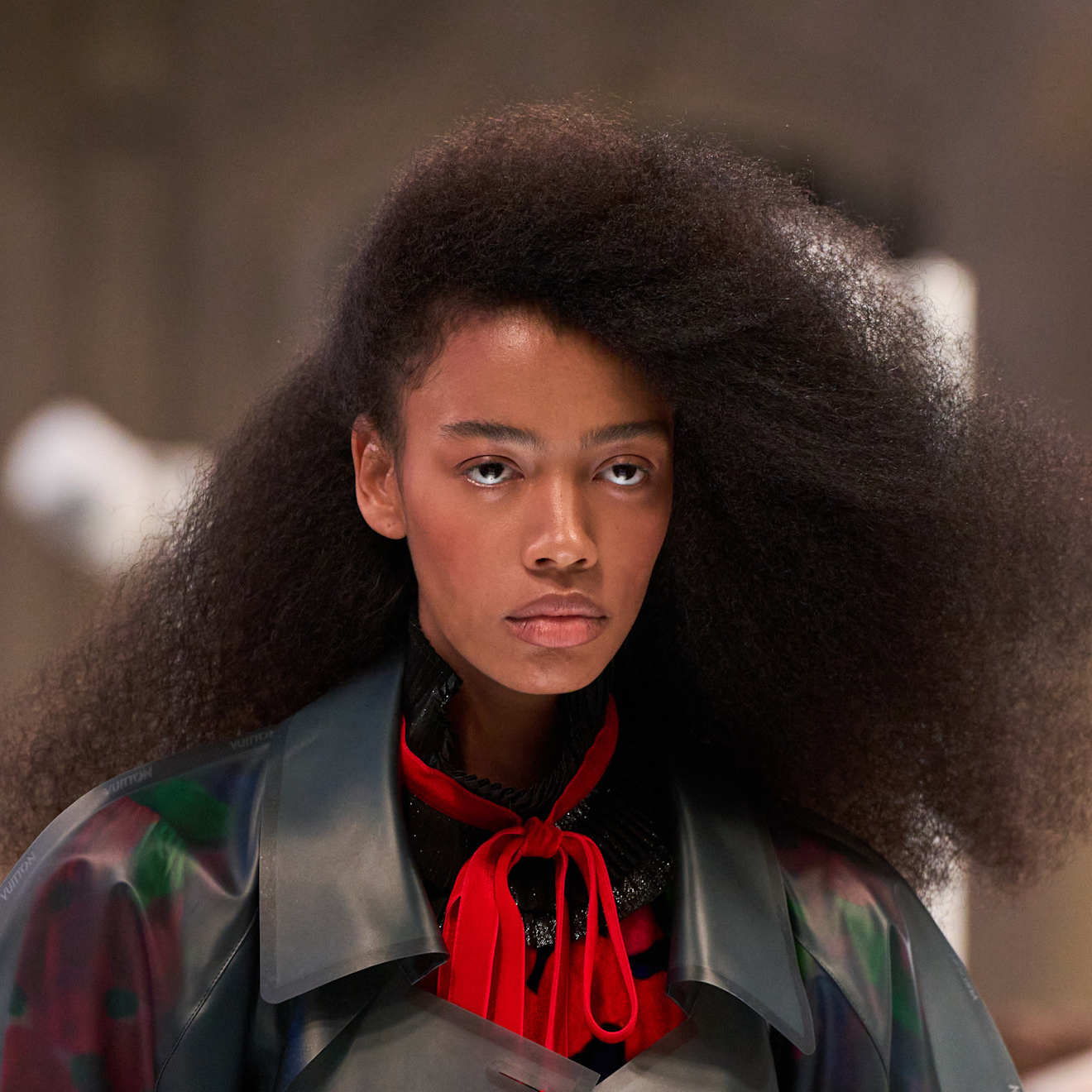 Everything You Need to Know About Marie Claire’s Skin and Hair Awards
Everything You Need to Know About Marie Claire’s Skin and Hair AwardsCould your brand survive an editor testing session?
By Ariel Baker
-
 Presenting, Perfect Date Night Makeup for People Who Hate Makeup
Presenting, Perfect Date Night Makeup for People Who Hate MakeupFrom a beauty director who's learned all the workarounds.
By Hannah Baxter
-
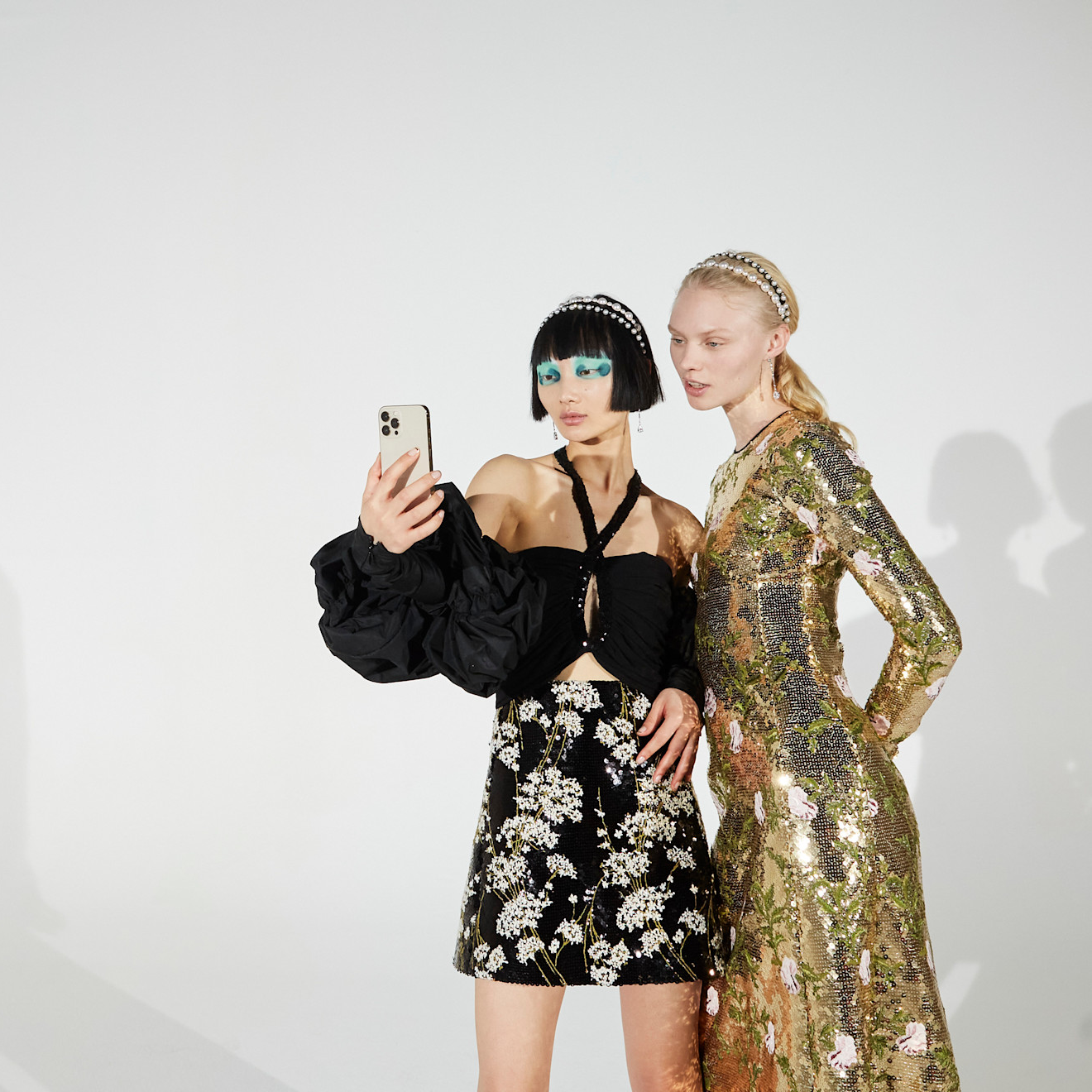 I Scoured Ulta’s 21 Days of Beauty Sale for Five Hours—Here's What I'm Shopping
I Scoured Ulta’s 21 Days of Beauty Sale for Five Hours—Here's What I'm ShoppingAdd to cart, ASAP.
By Ariel Baker